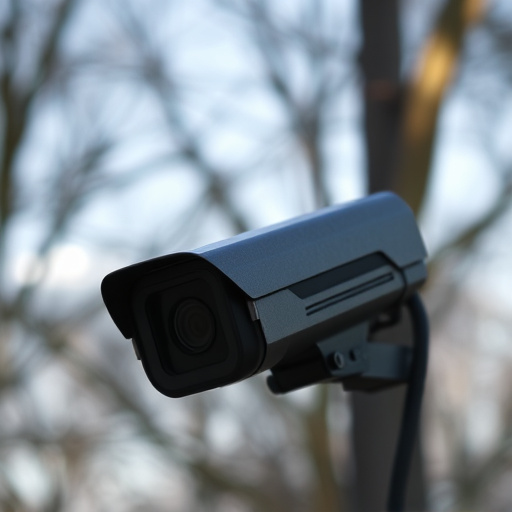Invisible IR cameras offer advanced home monitoring solutions, discreetly recording movements in low light using IR LEDs and motion sensors. For optimal performance, these cameras should be strategically placed in hidden but unobstructed locations like corners or ceiling lights, covering key areas without drawing suspicion. However, their clandestine nature poses privacy risks, prompting advocates to advocate for regular checks, updated detection methods, and specialized equipment to uncover hidden recording devices.
Uncover the art of covert recording equipment placement and detection with our comprehensive guide. In today’s digital age, privacy concerns are at an all-time high, making understanding and countering hidden surveillance devices crucial. From invisible IR cameras to advanced detection techniques, this article equips you with knowledge to navigate the intricate world of home monitoring. Learn effective placement strategies for discreet observation using infrared technology and explore methods to identify and counteract hidden recording devices, ensuring your peace of mind.
- Understanding Covert Recording Equipment: A Comprehensive Guide
- Placement Strategies for Discreet Home Monitoring with IR Cameras
- Detecting and Countering Hidden Surveillance Devices: What You Need to Know
Understanding Covert Recording Equipment: A Comprehensive Guide
Covert recording equipment, often referred to as hidden cameras or surveillance devices, is designed to operate discreetly, making them highly effective tools for home monitoring and security. These advanced devices come in various forms, from tiny invisible IR cameras capable of capturing high-resolution footage in complete darkness to sophisticated audio recorders that can pick up sounds from incredible distances. Understanding how this equipment works and where it’s placed is crucial for anyone looking to implement a robust home security system.
One common type of covert recording device is the infrared (IR) camera, which utilizes IR LEDs to illuminate scenes in low-light conditions, allowing it to capture clear images day or night. These cameras can be strategically placed in hard-to-see areas like corners, behind furniture, or inside ceiling light fixtures, making them virtually invisible to the naked eye. Additionally, with modern technology, these devices often come equipped with motion sensors and advanced recording capabilities, ensuring that every movement within a designated area is documented for later review.
Placement Strategies for Discreet Home Monitoring with IR Cameras
When it comes to home monitoring with invisible IR cameras, strategic placement is key for effective and discreet surveillance. These cameras, designed to capture night-time footage, should be positioned in areas that offer clear lines of sight while remaining hidden from view. Common spots include high up on walls or ceilings, behind decorative objects like paintings or mirrors, or integrated into ceiling lights. The goal is to cover key zones without raising suspicion.
For optimal results, IR cameras should face outward towards the areas being monitored, with minimal obstructions like curtains or furniture blocking their field of view. Additionally, ensuring adequate lighting in the area will enhance picture quality and reduce the need for constant camera adjustment or movement. By carefully considering these placement strategies, homeowners can benefit from the advantages of invisible IR camera systems for enhanced home security and peace of mind.
Detecting and Countering Hidden Surveillance Devices: What You Need to Know
Detecting hidden surveillance devices, often referred to as covert recording equipment, is a growing concern for privacy advocates and security professionals alike. These devices can be extremely difficult to identify due to their clandestine nature, designed to remain invisible to the naked eye. From tiny infrared (IR) cameras hidden in everyday objects to microphone bugs disguised as common household items, these tools pose a significant threat to personal and professional privacy.
Home monitoring systems, especially those employing Invisible IR Cameras, can be easily compromised if not properly secured. Awareness is key; regular checks for potential surveillance devices and understanding the latest detection methods are essential. By staying informed about the various types of hidden cameras and their capabilities, individuals can take proactive measures to protect their privacy. This includes using specialized equipment for detection, such as infrared lights and metal detectors, which can help uncover concealed recording devices.
In today’s world, understanding and navigating covert recording equipment is crucial for maintaining privacy in both personal and professional spaces. By employing invisible IR cameras for home monitoring, individuals can take proactive steps to ensure their safety without sacrificing comfort. However, it’s essential to be aware of potential hidden surveillance devices and educate oneself on detection methods. With the right knowledge, one can protect their privacy while enjoying enhanced peace of mind in their own homes.
